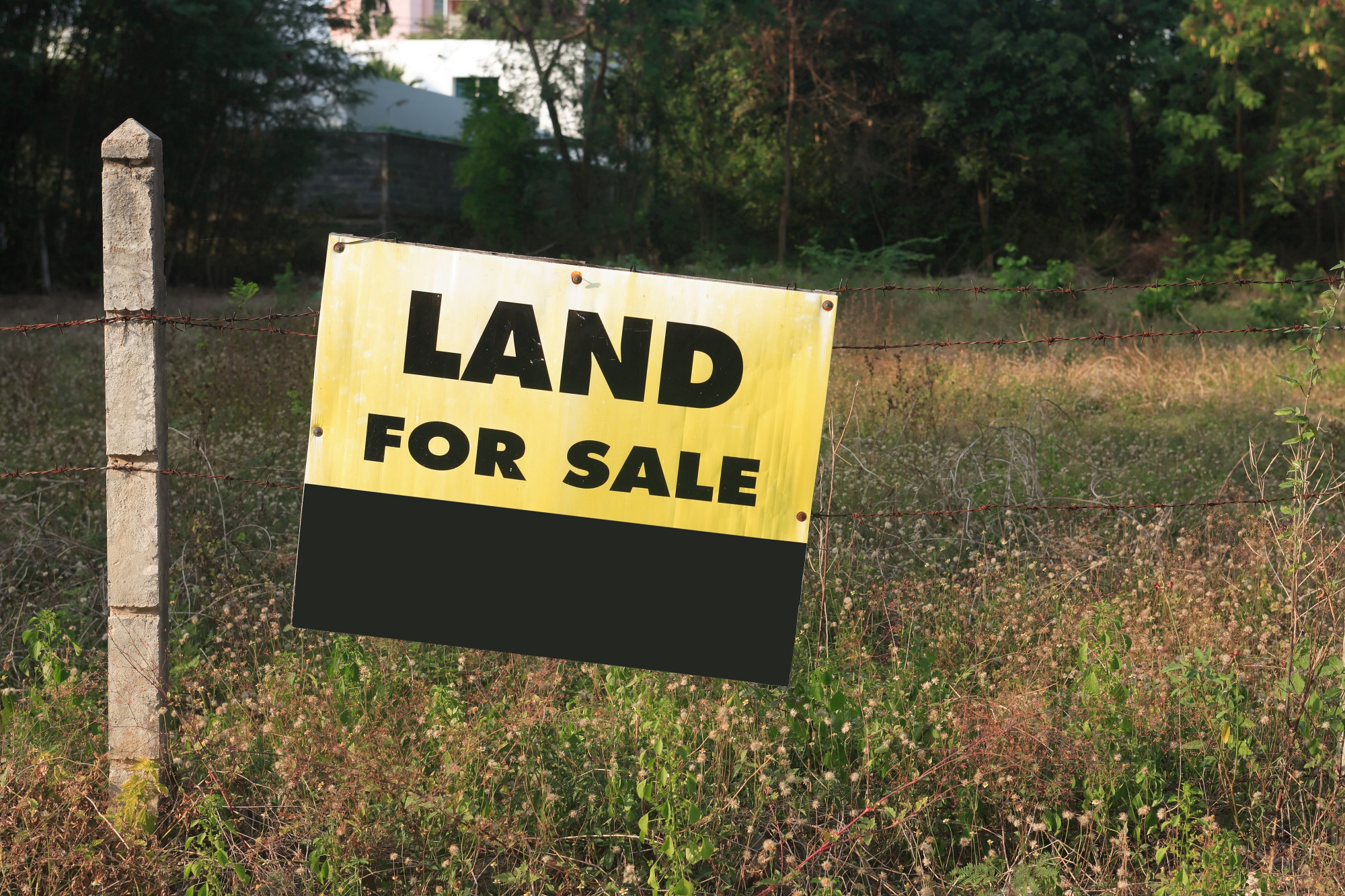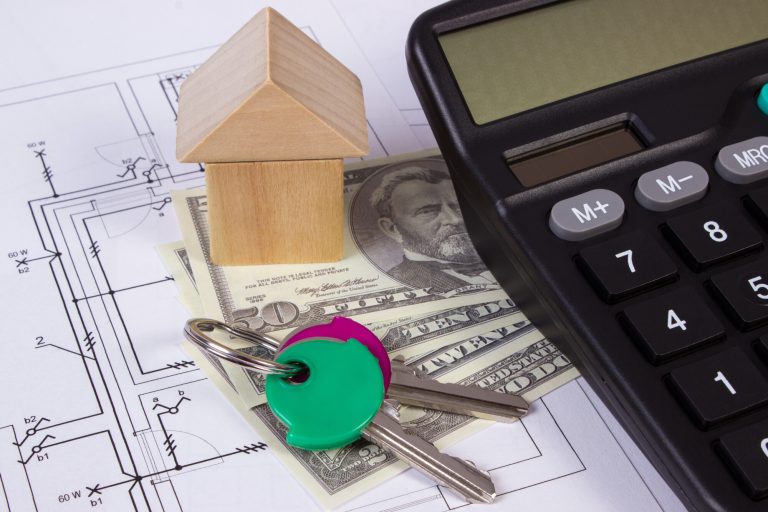Owning Undeveloped Land: How to Assess Its Value
You never know when a great piece of land will pop up into your life.
Or maybe you did know, and you’re looking to bring that land into your ownership without engaging in development right away. Undeveloped land comes with many benefits such as privacy and space, after all.
But how do you know if your potential land purchase is a good deal? How do you even assess undeveloped land for value?
We’ll walk you through everything you need to know. So that you can dream about your new land and own it with a bit more peace of mind.
Evaluating Desirability, Accessibility, and Utility
Desirability can mean many things, including the esthetic qualities of the land and its proximity to urban amenities. Accessibility means examining how easily resources like electricity, water, and other utilities can be provided.
Utility involves looking at what the land can offer. Such as whether it can be used for agricultural purposes, as a recreational area, or for some other commercial opportunity.
Considering Current Market Trends
Factors such as population growth, different economic indicators, and housing supply play a role in the value of the land. For example, a rapid increase in population can drive up the value of land as the demand for housing rises.
Investment or development opportunities can also affect the value of the land. For instance, the development of nearby businesses increases the demand for land. Governmental regulations, building restrictions, and zoning laws can all factor into the evaluation of land value.
You can visit www.handsomehomebuyer.com to find out more about land selling or if you already own land you want to sell.
Analyzing and Interpreting the Soil and Landscape Type
Types of land or landscape are key factors to consider since this could determine the potential use. The soil type should also be analyzed, for various soil types will require different methods of management.
By analyzing both, critical insights can be obtained which could influence the value of the land. These assessments could also guide decision-makers on the potential development uses and potential productivity of the land.
Assessing Additional Value Opportunities
The following factors should also be taken into consideration:
- infrastructure capabilities
- local economy
- tourism
- nearby businesses
- local amenities
- development trends
This may give a more comprehensive assessment of the property. Other considerations, such as the possibility of harvesting timber and drilling for water or minerals, should also be determined to assess the property’s true potential value.
Types of Appraisals Used When Assessing Land Value
Market analysis appraisal involves researching sales data of comparable land in the area and comparing those values to the current property. Adjusted net method appraisal, which takes into account all the improvements, such as prepping and grading, is also an available appraisal.
An expert opinion is also an appraisal method that provides an opinion, typically from a soil scientist, on the land value. This is based on its features and capabilities, such as soil types.
An income approach appraises the land based on its productive capacities, such as its ability to act as grazing land or for feral plant or animal farming.
Start Your Journey to Owning an Undeveloped Land Today
Undeveloped land has a great deal of potential! Knowing its value is key to success. Research zoning laws and determine what kind of development is allowed, as well as the surrounding land use.
Consider the demand for land, topography, natural resources, and access. A professional real estate agent or appraiser can also be of assistance.
If you want to learn more, be sure to check out the rest of our site.






